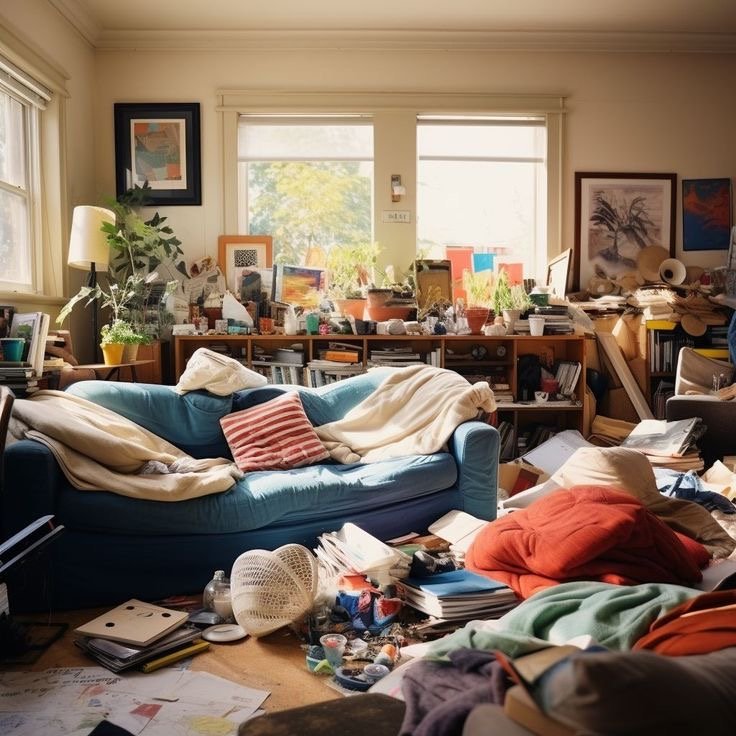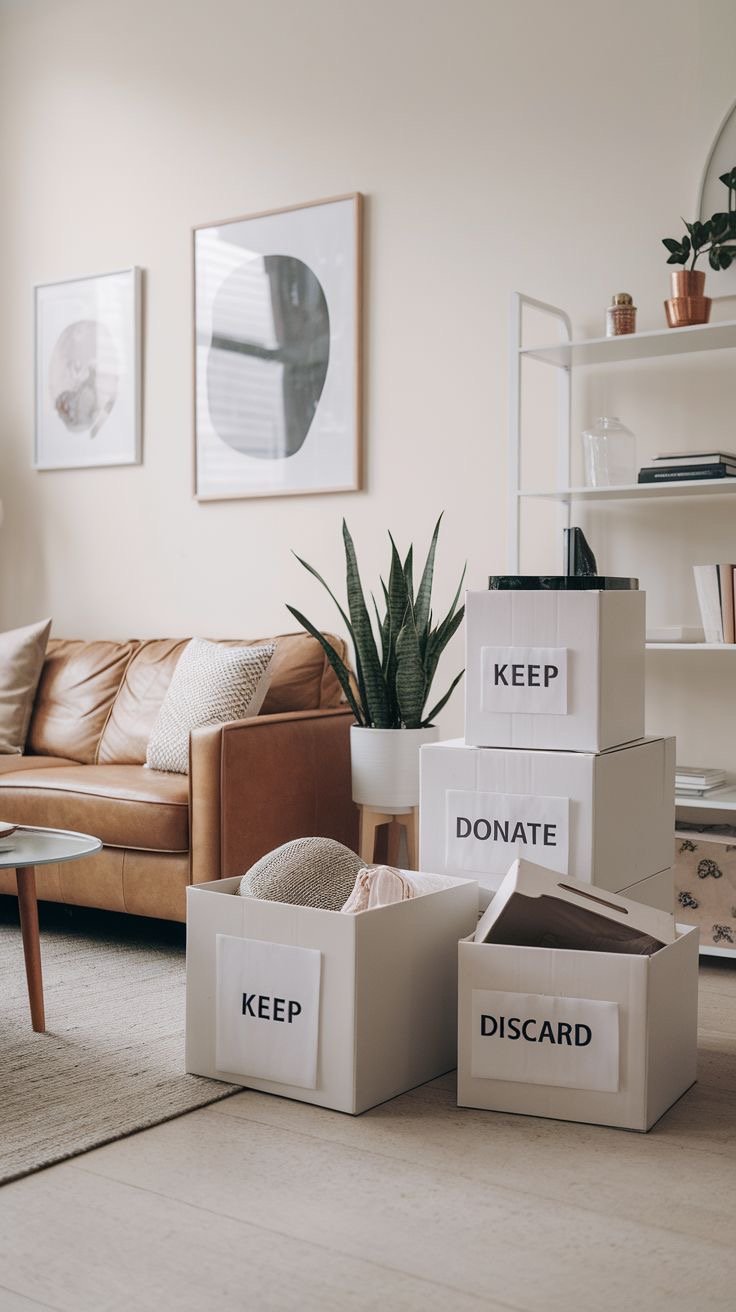Let’s be honest hoarding can be exhausting. And I’m not just talking about the physical mess. The emotional weight of holding onto things we no longer need can be just as heavy. At some point, I had to admit to myself: this isn’t just clutter, it’s chaos.
The thing is, I get it. There’s something called the scarcity mindset; that fear that if you throw something away, you might need it later. That “just in case” voice whispering, keep it, you never know. But guess what? That mindset had me holding on to broken chargers, clothes I hadn’t worn in years, and random plastic containers that somehow multiplied under my kitchen sink.
Eventually, I had to ask myself: Why am I holding on to stuff that isn’t serving me?
Let’s Talk About Hoarding (and Why It’s Not Helping You)
Here’s the raw truth: hoarding breeds pests. It collects dust, it crowds your space, and it creates a disorganized energy around you. I found myself irritated, overwhelmed, and anxious in my own home. As someone who’s a bit claustrophobic, it felt like my walls were closing in. And all because I was afraid to let go.
When I finally started letting go of that scarcity mindset, something shifted. I realized that another one will always come. Maybe not immediately, but what I needed always found its way to me; often in better condition or at a better time.
My Minimalist Declutter Routine: Simple, Clear, and Sanity-Saving
Over time, I developed a minimalist declutter routine that helps me reset my space and my mind. If you’re looking to create more room (physically and mentally), this routine might just help you too:
1. Start With a Small Zone
Don’t attack the whole house at once, that’s a trap! Pick one area: a drawer, your bedside table, or your wardrobe. You’re more likely to stay motivated when you start small and see results quickly.
2. Ask Yourself: Do I Use This? Do I Love This?
If the answer is no to both, let it go. It’s that simple. If it hasn’t been used in the last 6–12 months, it probably never will. Bless someone else with it or recycle it.
3. Avoid the “Just in Case” Trap
Unless it’s a fire extinguisher or a passport, most “just in case” items are just… taking up space. I learned to trust that if I truly need something in the future, I’ll find a way to get it.
4. Create a Donation Box Every Month
Make decluttering a habit, not a once-a-year panic. I keep a simple box tucked away, and whenever I come across something I no longer need, in it goes. At the end of the month, I donate it.
5. Digitize What You Can
Old documents, photos, receipts most of these can live on the cloud now. Going digital helped me clear out a lot of unnecessary paper clutter.
Minimalism Changed My Life (and My Space)
I won’t lie, learning to let go was hard at first. But once I did, my home felt lighter. I felt lighter. I no longer felt buried by things that weren’t serving me. I could breathe better. Think better. Live better.
Minimalism isn’t about having nothing. It’s about having what you truly need and love and letting go of the rest. My space now feels open, intentional, and calming, and that has done wonders for my mental health.
Thinking of Becoming a Minimalist?
Start small. Start where you are. And remind yourself: you’re not losing anything, you’re gaining peace, space, and clarity.